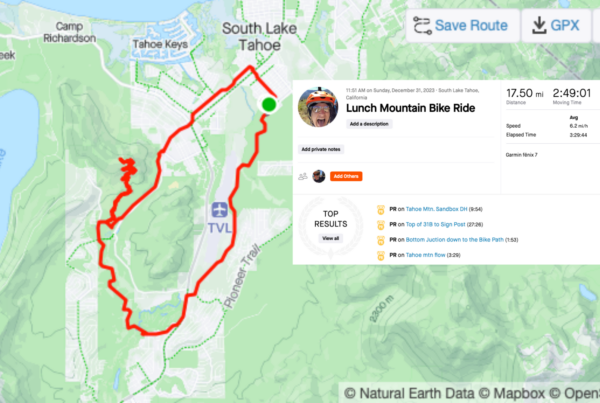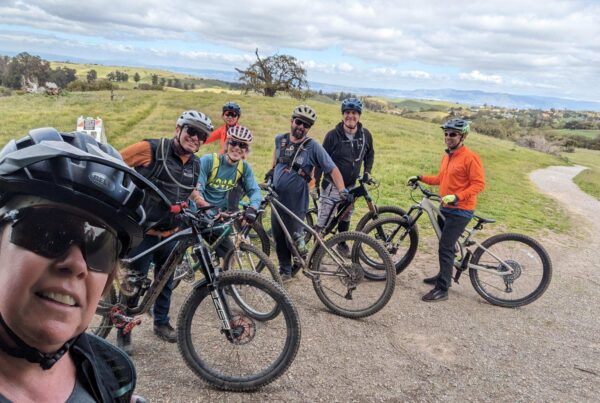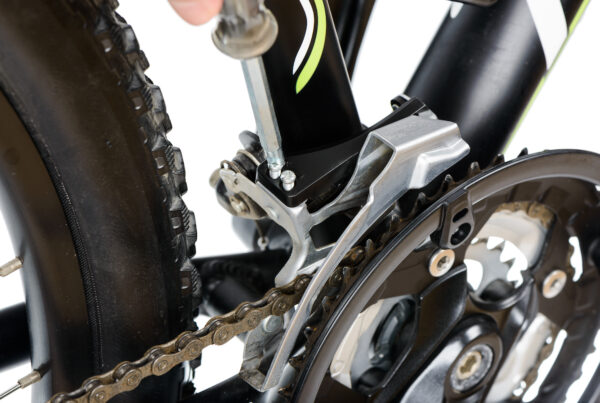CRRAAAccckkk! Your bike and body shake. A groan escapes. There’s nothing more frustrating to an ascent or a flowy line than a pedal strike. In fact, it’s one of the most popular questions we get asked at our mountain bike clinics outside of bike tire pressure. To make those rides more enjoyable, here’s a few tips on how to avoid a pedal strike.
What Is A Pedal Strike?
Before we jump into solving this issue, let’s first answer the question – what is a pedal strike? Well, it’s when you’re pedaling away and miss time your foot rotation causing the pedal to hit something. Ala, the pedal strikes an object on the trail. Sometimes it can be so brutal that it stops you in your tracks and even leads to your shins getting scratched. Or worse, you fall off the bike.
Awareness
One of the most critical things you can do to reduce the chance for a pedal strike is to become aware of the ground and your surroundings. That doesn’t mean looking straight down. By then it’s too late and you’ll probably still get a pedal strike. Instead, scan the trail up ahead. Look for things like big boulders, roots, or any other obstacle that may cause an issue.
Plan The Pedaling & Gearing
Now that you understand what’s ahead, create a basic plan of WHEN you do your pedal strokes. Pick in between the problem points. Be sure you’re in a high enough gear that you don’t have to do a TON of pedaling but just enough to where you can coast when you can’t pedal.
Technique, Technique, and More Technique
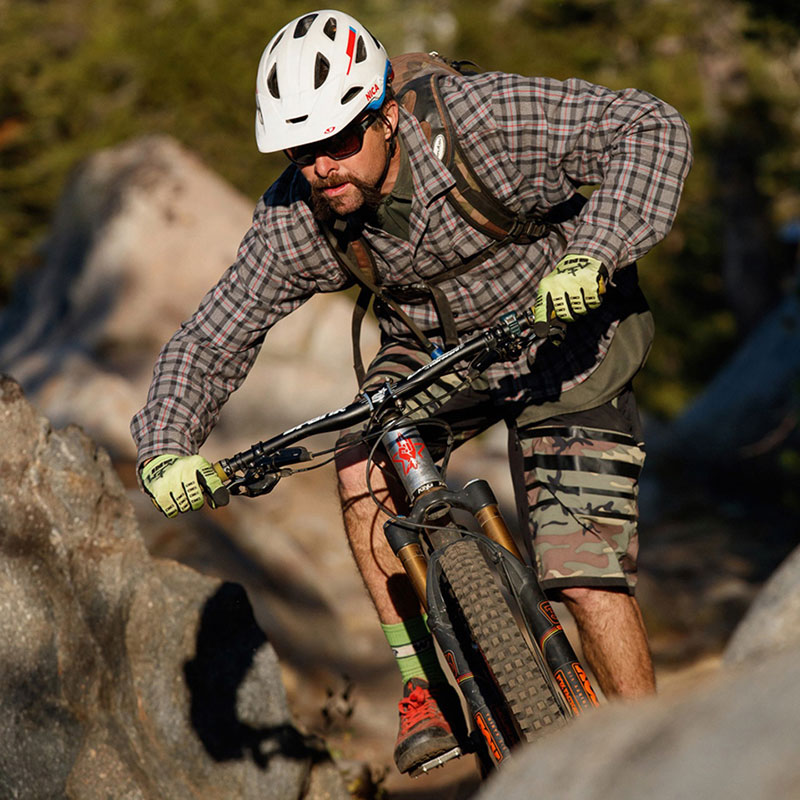
Photo by: Abner Kingman
Once you’ve identified potential pedal strike opportunities, the next step is to use your body positions to navigate around obstacles. That means using side to side bike body separation. And if you’re riding up or down a larger hurdle with a tight path, you may want to use a forward or back bike body separation and pressure control. A good place to start on these mountain bike techniques is to watch our video about bike balance:
Ratchets Aren’t Just for Fixing Things
There’s a big step or boulder in front of you on the trail that you can’t avoid. No matter how you approach or go as fast as you can, the pedals slam into it. What’s a rider to do? Well, you need to use a tool in your arsenal called ratcheting.
What’s A Ratchet & How To Use It
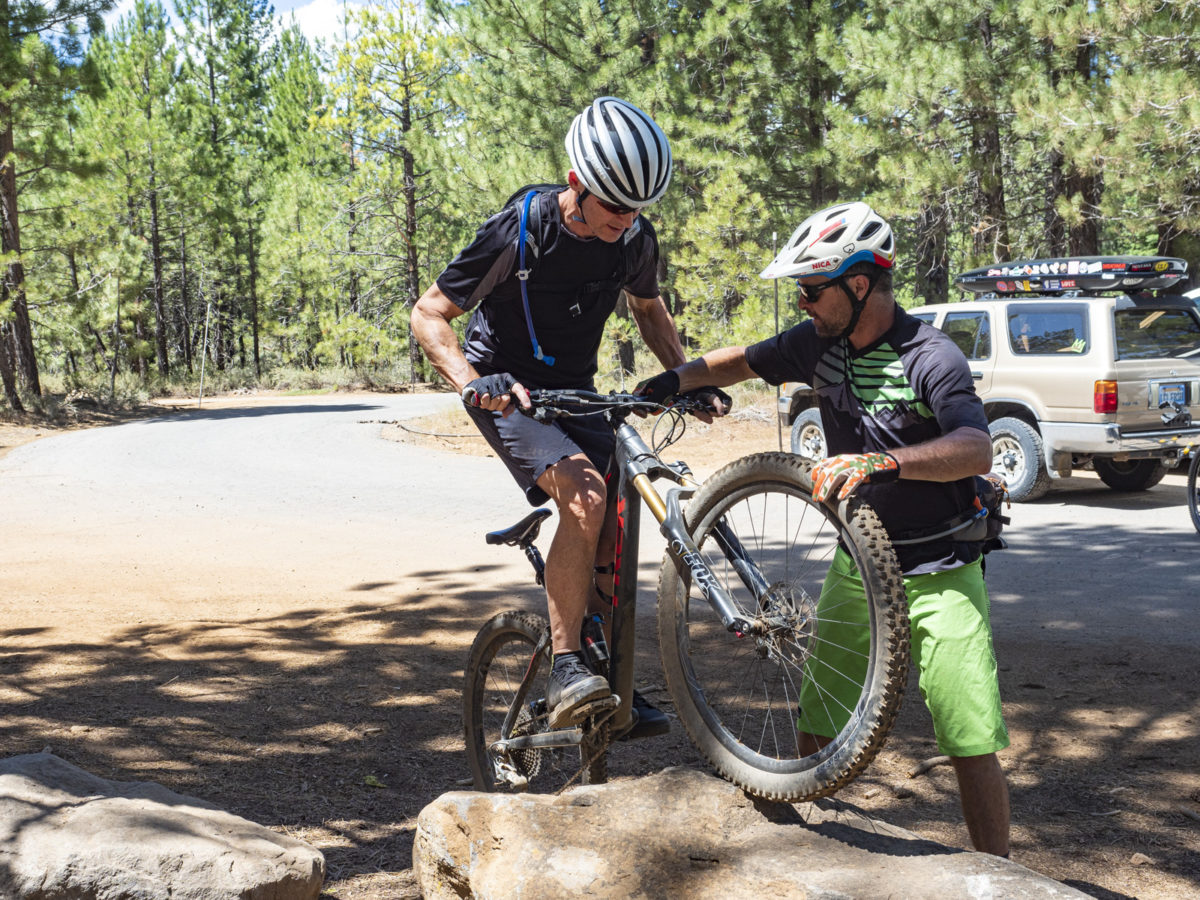
Photo By: Local Freshies – the power of the ratchet
Imagine when you look at the pedals from the side of your bike, they are hands on a clock. Twelve being the top and six the bottom. Instead of a full pedal, a ratcheting variety is a quarter stroke. Typically, you start with the cranks at 3 and 9. As you approach a gnarly section, you’ll make about a quarter of a pedal stroke without pushing all the way around. The cranks should move up to a 2 o’clock position or down to 4. This should be done to either create speed or avoid the actual obstacle. Once done return to 3 and 9 or repeat the forward back pedaling (ratchet) as needed.This isn’t easy and will take time to learn but critical for getting over those larger hurdles.
Freewheelin’ – Keep Balanced
Especially on the descents where you have a ton of momentum, it can be easy to let one leg drop down. When you have one pedal low and another high, it’s a perfect recipe to make contact with something and throw you off the bike. Keep those pedals balanced when coasting.
Shorter Cranks
Personally not our favorite solution, but we wanted to highlight that shorter cranks can help minimize pedal strikes as well. On the flip side, you lose torque by going smaller.
With these quick tips, this should reduce the amount of times you have a pedal strike. If you REALLY want to step up your mountain biking game and get over those humps, consider signing up for one of our mountain bike clinics. And if you don’t see one nearby, let us know because we may be planning a trip to your trails.


